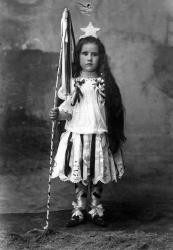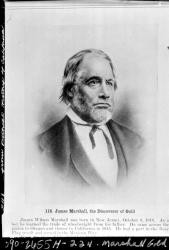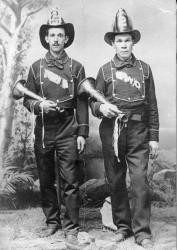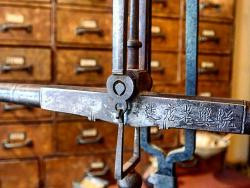columbiastatehistoricpark
This online resource helps teachers and visitors prepare for an educational exploration of the largest collection of gold rush era brick buildings in California at Columbia State Historic Park. Teachers may want to use these photo collections as visual aids for teaching while studying the California Gold Rush.
Columbia State Historic Park is historically known as "The Gem of the Southern Mines." In spring of 1850, gold was famously discovered here. Gold mining techniques evolved with the availability of water and advances in equipment.
The abundance of placer gold in this area helped Columbia become a town of 150 businesses; once the fifth largest city in California. The strong merchant economy is known for being culturally diverse. This collection highlights some of the cultural diversity of early California.
columbiastatehistoricpark's collections
California Gold Rush Era Mining Technique Photos
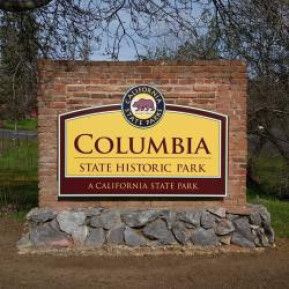 columbiastatehistoricpark
columbiastatehistoricpark
California Gold Rush: Gold Coins of the 1850s
 columbiastatehistoricpark
columbiastatehistoricpark
California Gold Rush History: Columbia California's Culture Expressed Through Historic Photos
 columbiastatehistoricpark
columbiastatehistoricpark
Historical Chinese Apothecary Exhibit of California Gold Rush Mining Town, at Columbia State Historic Park.
 columbiastatehistoricpark
columbiastatehistoricpark


